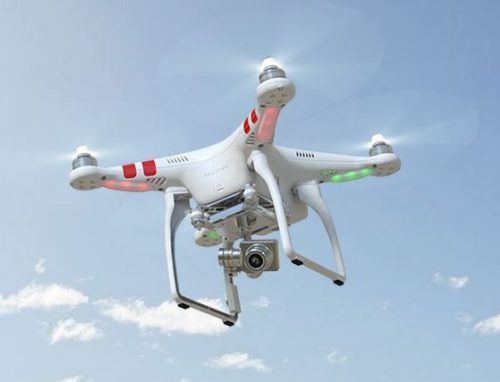Low-cost Feature-Rich RTK Receiver
SkyTraq Technology, a Taiwanese GNSS positioning technology company, introduces S2525F8-RTK, a low-cost, low-power, single frequency RTK receiver for applications requiring centimetre-level accuracy positioning. The multi-constellation GNSS RTK receiver that can use 12 GPS, 8 SBAS, 6 BDS, and 1 QZSS signal. In situations where RTK fix is not possible, a Float RTK mode can be used for decimetre-level accuracy positioning.
A moving-base mode is also supported for precise heading GPS compass application. Its 25mm x 25mm form factor, 3 gram weight, and 250mW power consumption makes it ideal for any outdoor mobile applications requiring high precision RTK positioning.
S2525F8-RTK supports both base station and rover modes. As a rover, it receives RTCM 3.0 or 3.1 data from a base station, or raw measurements from another S2525F8-RTK receiver serving as base station, and performs carrier phase RTK processing to achieve relative positioning with 1cm + 1ppm position accuracy within 10Km baseline, and decimetre-level accuracy for over 10km baseline can be achieved using Float RTK mode. Two S2525F8-RTK receivers can be used to form GPS compass that provides 0.17degree heading accuracy at 1 meter baseline; better accuracy and more reliable than conventional digital magnetometers that’s affected by changes in the magnetic environment.
An NS-HP evaluation board in breakout board form is available for easy evaluation and integration into portable survey equipment, unmanned vehicle, machine control, and robotic guidance applications. The standard nmea-navsat-driver package of Robot Operating System (ROS) works directly with NS-HP, enabling easy accessible centimetre-level accuracy positioning for robotic applications.
S2525F8-RTK is now in production. Sample, datasheet, and reference designs are available.






The low cost of these chips is changing the UAV game. RTK-mounted UAVs are starting to hit the mainstream at high cost (e.g. eBee RTK) but with options like this, there is no need to spend 10’s of thousands on a pre-configured RTK drone. Another good option is Piksi (https://www.swiftnav.com/piksi.html) which is slightly higher in cost than these raw chips, but requires less configuration for a similar outcome. These types of units will save a lot of time and money when it comes to eliminating the need for ground control (other than some check points for quality control purposes).
I agree with what Mike has said. Our custom designed UAV is set to hit market with L1/L2 RTK next year and rough numbers estimate the market value at 6,000. What doesn’t make sense is eBee RTK going at 40,000 USD. Makes you wonder.
Is it possible to use piksi RTK for a moving-base mode ? (both Base and Rover are moving).Thanks